Because wool fiber are non-conductive of heat, they allow the body to retain its normal temperature throughout the year, making them excellent for winter clothing and protective on damp days all year round. In this article, I will discuss which wool is best wool for warmth. I also present top 10 types of wool used in the world. Wool garments are ideal for winter clothing. As a result of the scales on the surface of the fiber and its crimp, tiny pockets of air are formed in the fiber that act as insulative barriers and allow the garment to be more warm. Low twist yarns will also contribute to the garment’s warmth. Due to its thermostatic quality, light wool of sheer construction can be suitable for summer wear when paired with appropriate garment styling, as it can provide comfort during hot weather.
Types of Wool:
Various types of wool fiber are used in fabrics and yarns. Although different types of sheep produce wool with different characteristics, wool products rarely state that information; they are simply labeled as wool. Sheared wool is removed from live sheep. Pulled wool is taken from the pelts of meat-type sheep. Sheared wool includes fibers from sheep, cashmere goats, camels, alpacas, llamas, and yicuilas. The recycled wool is recovered from worn clothing and cutter’s scraps. Lamb’s wool is obtained from little more than seven-month-old lambs. It is finer and softer than wool from older animals. Here, I will discuss the world’s top 10 types of wool. The following are the top 10 types of wool used around the world.
1. Merino:
In Australia and New Zealand, merino sheep graze on open grasslands once a year, and merino wool is collected once a year from them. As a result of the combination of grass feed, fresh air, and optimal climate, merino wool has very unique properties that make it extremely soft, comfortable and health-promoting. The wool absorbs moisture, making the fabric anti-static as well as evaporating moisture, making it breathable and regulating the body’s temperature so that the body remains warm when it is cold or cool when it is hot.
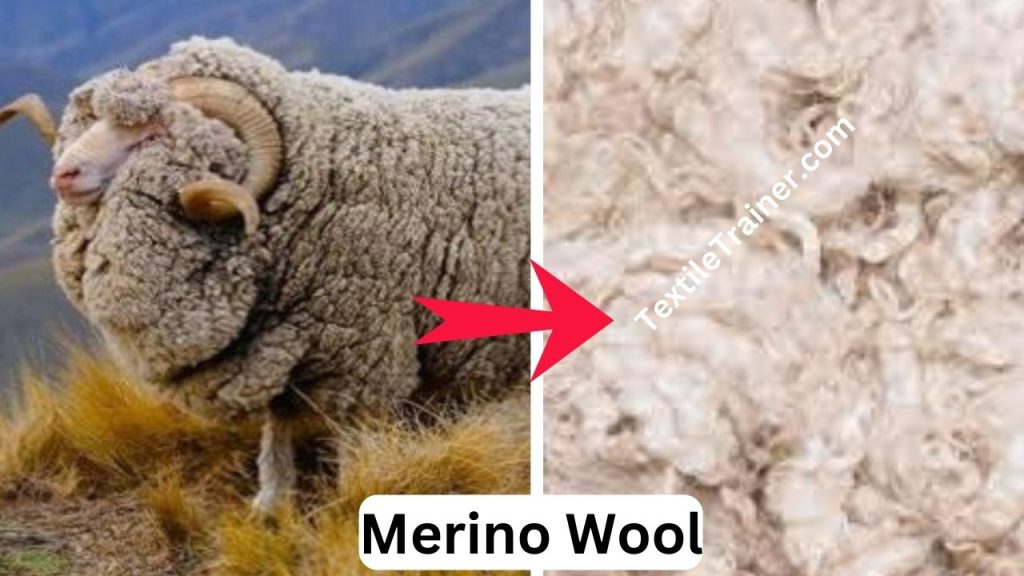
2. Mohair:
A goat’s hair fiber, mohair, is produced by the Angora goat. The top producers are South Africa, the United States, and Turkey. Texas is a major exporter of U.S. mohair. In the early fall and early spring, goats are usually sheared twice a year. An adult goat produces about 5 pounds of fiber per year. When sheared twice, the fiber length is 4 to 6 inches, while if sheared once a year, it is 8 to 12 inches. About 12 percent of the crop is kid mohair, and 88% is adult mohair.
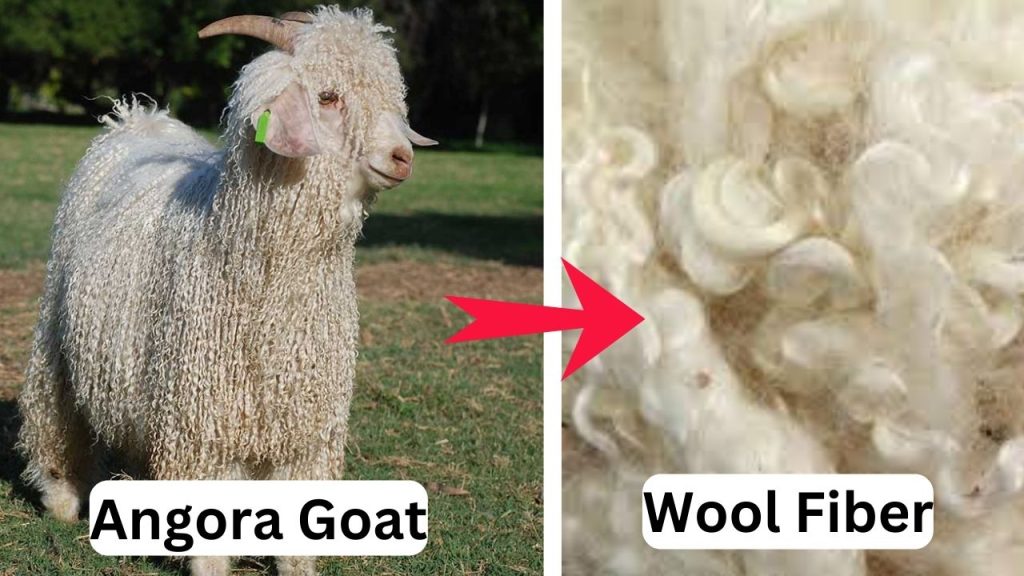
3. Qiviut:
Qiviut, a rare and luxurious fiber, is the underwool of the domesticated musk ox. Large musk ox produce about 6 pounds of wool every year, which they can use just as they come from the animals, since the fiber is protected from debris by the long guard hairs and has a low lanolin content. The hand and texture of Qiviut resemble cashmere, but it is much warmer.
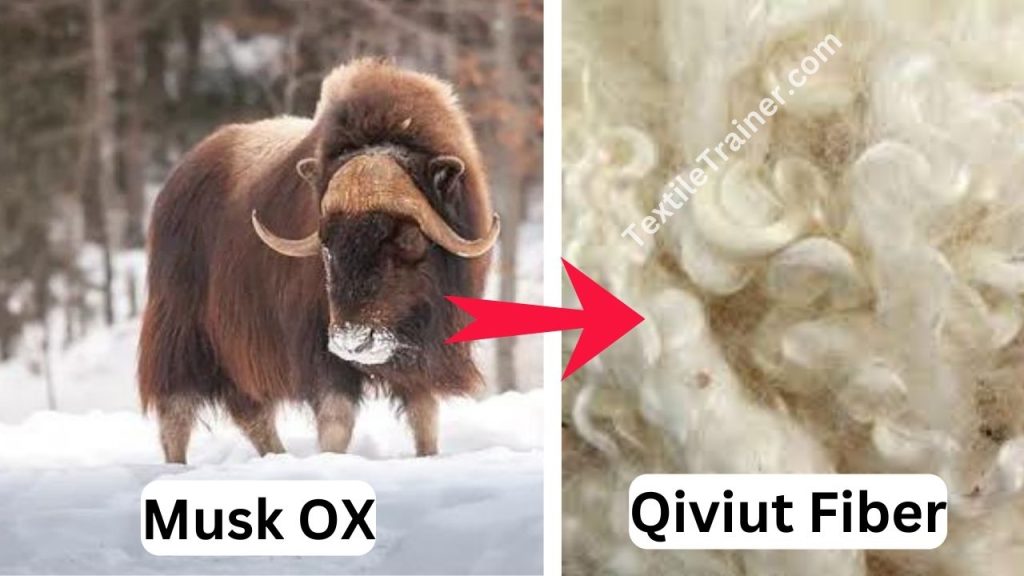
4. Angora:
The hair of the Angora rabbit is produced in Europe, China, Chile and the United States. The fiber yield varies by rabbit health and breed, and ranges from 8 to 30 ounces. This types of wool is harvested up to four times a year by plucking or shearing. There are four breeds of Aneora rahhirs, but English and French are the most popular. A line silky fiber is produced by English Angoras, while a coarser fiber is produced by French Angoras.
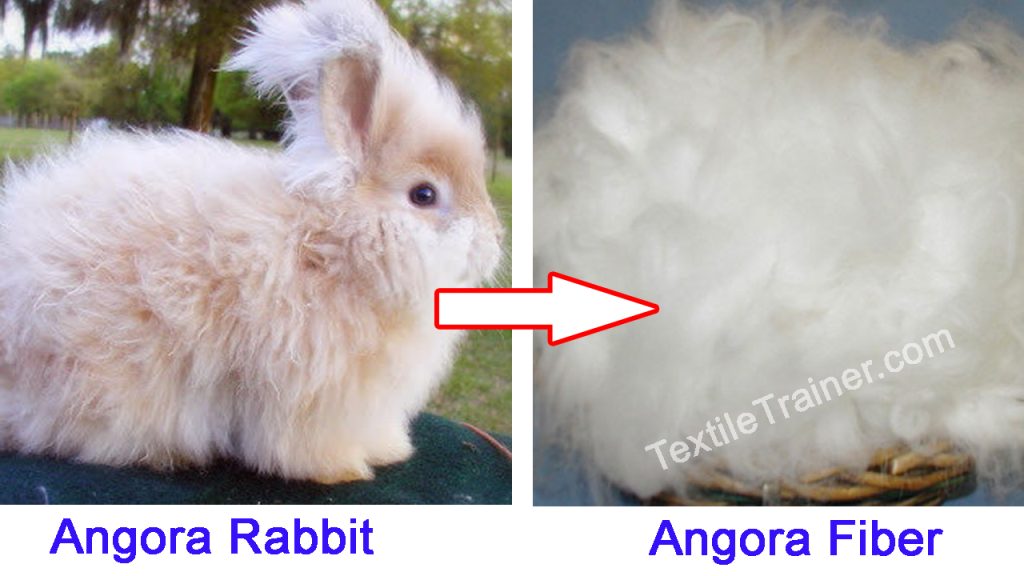
5. Camel’s Hair:
Camel’s hair is derived from the two-humped Bactrian camel, which is found from Turkey east to China and north to Siberia. Camel’s hair is an excellent insulator. It is collected when the animals shed their hair. A camel sheds about seven pounds of hair per year. Since camel’s hair gives warmth without weight, it is valued for clothing. It is commonly blended with sheep’s wool to obtain the same tan color as camel hair. Coats, jackets, scarves, and sweaters made of camel’s hair are available, as well as blankets made of camel’s hair and woo.
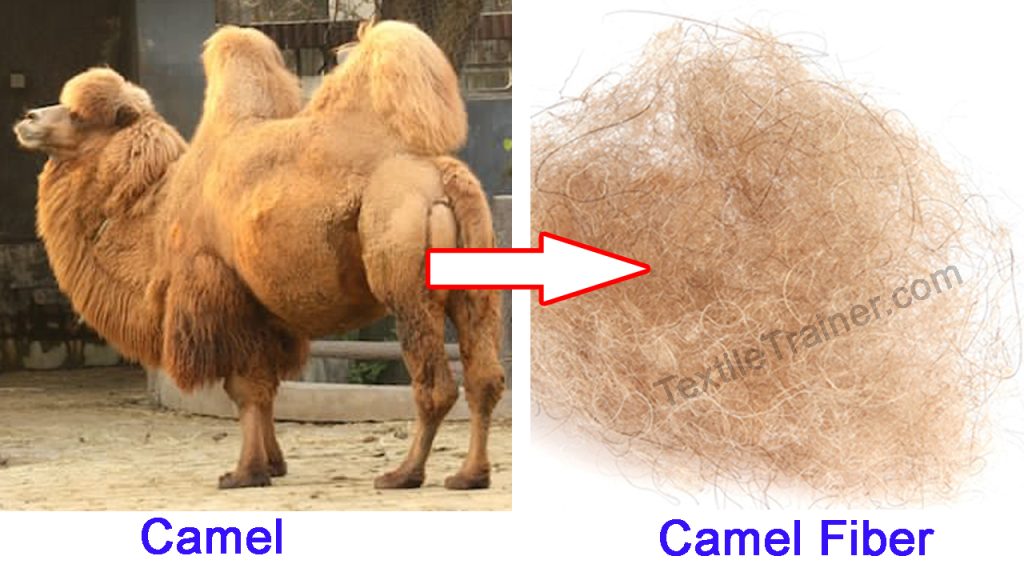
6. Cashmere:
Several countries produce cashmere, including China, India, Nepal, and New Zealand. Its fiber is white, gray, or brownish in color. The goat’s exterior coat is long, coarse hair, while its inner coat is down. During the molting season, the goat’s hair is usually combed by hand and dehaired by hand to remove the coarse hair from the fine fibers (15-18 microns). Only about one-half pound of fine fibers make up the fluffy fleece of a goat. Its fiber has no medulla and fine scales. Cashmere fabrics are warm, buttery in the hand, have beautiful drapery characteristics, and are more sensitive to chemicals than wool. They are used for sweaters, coats, suits, jackets, loungewear, and blankets. Pashmina is a cashmere fiber produced in northern India, Kashmir, and Pakistan.
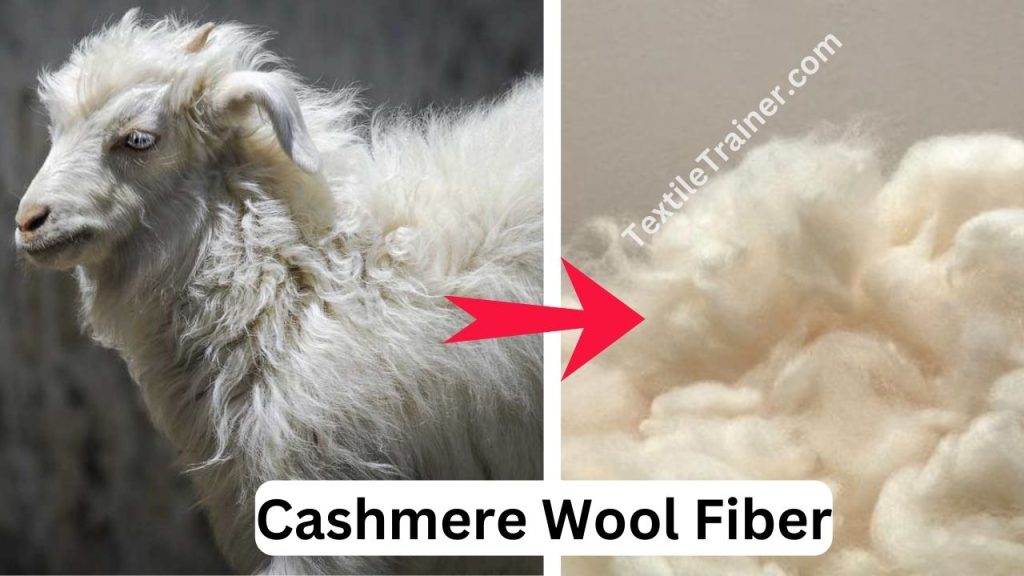
7. Llama and Alpaca:
The llama and alpaca are domesticated animals from the South American branch of the camel family. Their coats have fibers that are 8 to 12 inches long, and are known for their softness, fineness, and luster. They come in a range of colors, including white, light brown, dark brown, gray, and black. They are used for clothing, handcrafts, and rugs. It is often used for clothing because it is so soft.
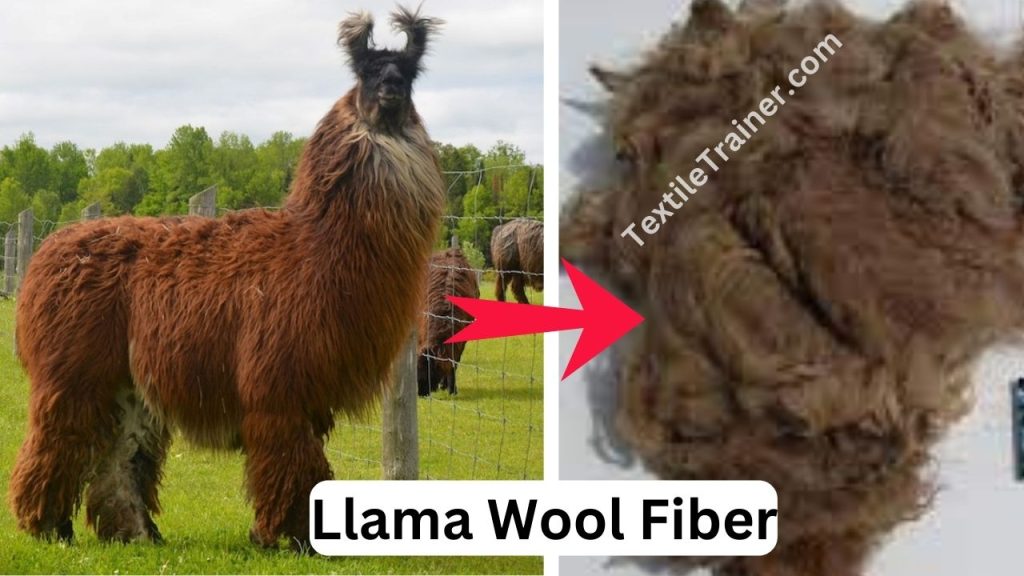
8. Vicuña and Guanaco:
Vicuña and guanaco are rare wild animals of the South American camel family. In the past, This types of fiber is obtained by killed animals. But, today this types of wool are sheared in a manner similar to that of sheep. Vicuña is the finest, softest, and most expensive of all textiles fibers. The characteristic of this fiber is very lustrous, short, and light cinnamon in color. Research is under way to produce genetic crosses of alpaca and Vicuña . as of 2006, it was illegal to bring into the United States any items containing Vicuña because of the Endangered Species Act.
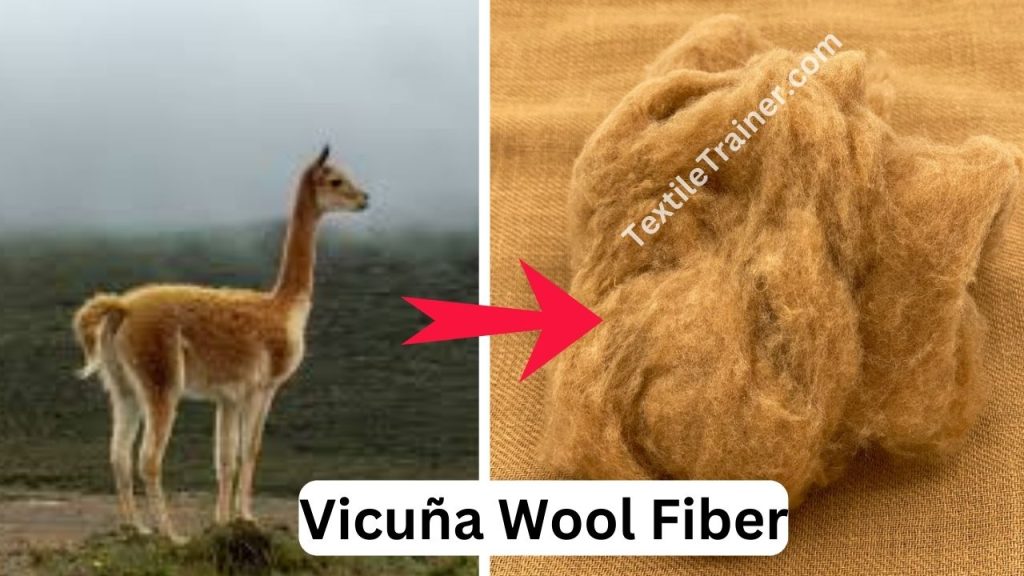
9. Yak:
The fiber of the yak is produced by a large ox in Tibet and Central Asia, which is gathered during the spring molt when combed out. In its native country, yak fibers are used for apparel, rope, and tent covers. The yak fiber is becoming more common on the international market as a result of its mixture with cashmere, which is much more expensive. It has a coarser feel than cashmere, and is usually dark brown or black.
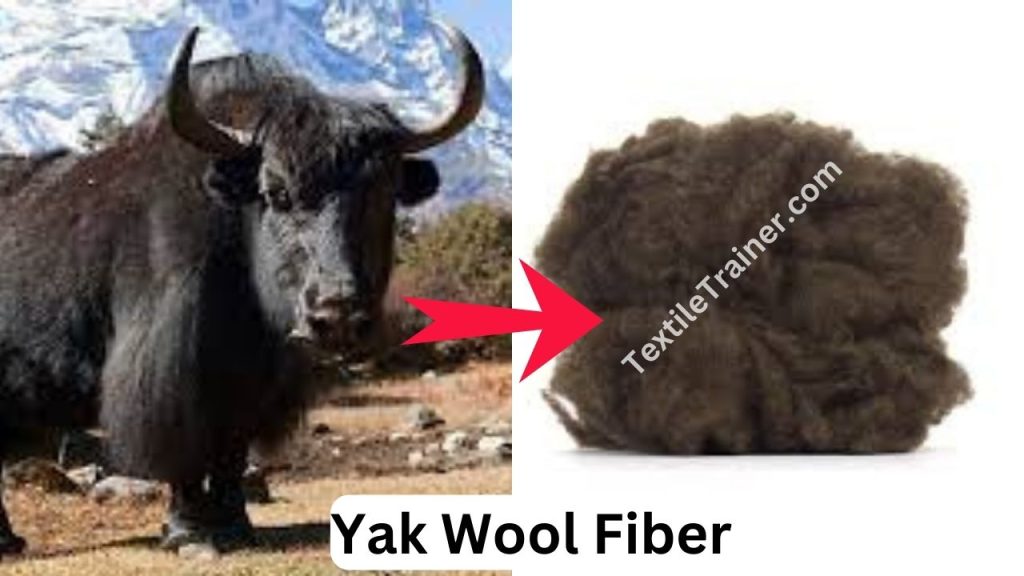
10. Shetland Wool:
Shetland wool is a high-quality fabric that is widely used both in hand and machine knitting. Shetland wool comes from Shetland sheep, which can be found on the Scottish island of Shetland. They’re 23 microns heavier on average, making them denser than Marino. Shetland wool is famous for its durability and toughness. Warm and cozy sweaters can be made with Shetland wool.
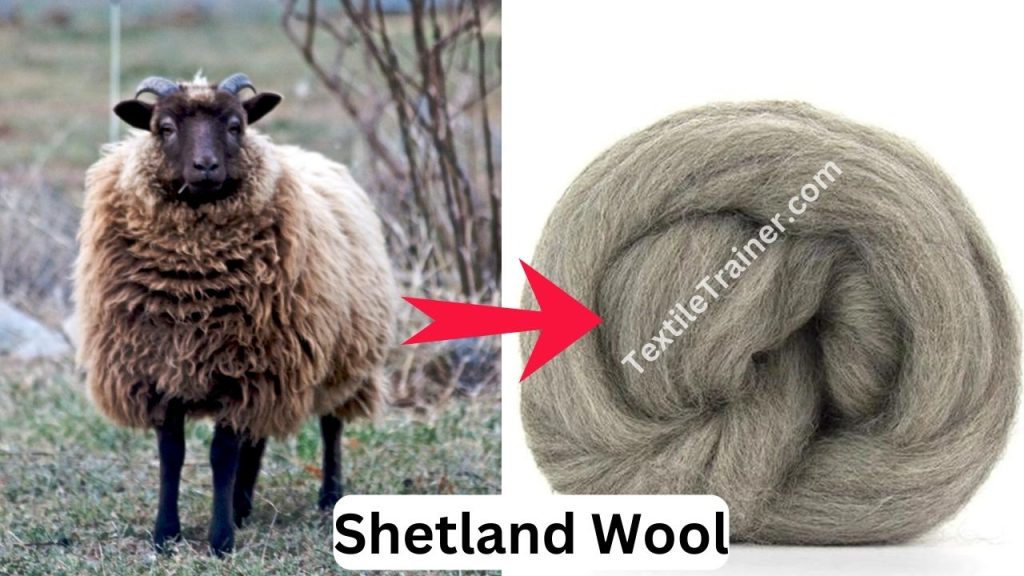
Best Wool for Warmth:
Merino wool is one of the best wool types in terms of comfort, warmth, lightweight, and price. But When you compare Merino wool with Cashmere wool in terms of warmth, Cashmere is the warmest of the two. Cashmere is 7 to 8 times warmer than Merino wool. But if you want to spend a lot of time in outside, in that case, Merino wool fabric is most suitable. So that, it is ideal for sports like skiing.
You May Read:
- History of wool with geographical distribution.
- Classification of wool fiber.
- Morphology of wool fiber.
- Woolen Vs Worsted Fabric.
- Wool Manufacturing Process.
- Physical Properties of Wool.
- Carbonizing Process of Wool.
Reference:
- Cook, J. G. (2005). Handbook of Textile Fibers. Delhi: WoodHead Publishing Limited.
- Corbman, B. P. (1987). Textile Fiber to Fabric. Singapore: McGraw Hill Book Co.
- Kadolph, S. J. (2006). Textiles. New Delhi: Pearson Education.
- Kaplan, N. (2006). Textile Fibres. New Delhi: Abhishek Publications.



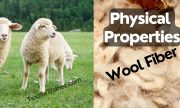
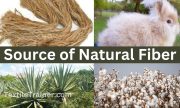


3 thoughts on “Best Wool for Warmth: Top 10 Types of Wool in the World”